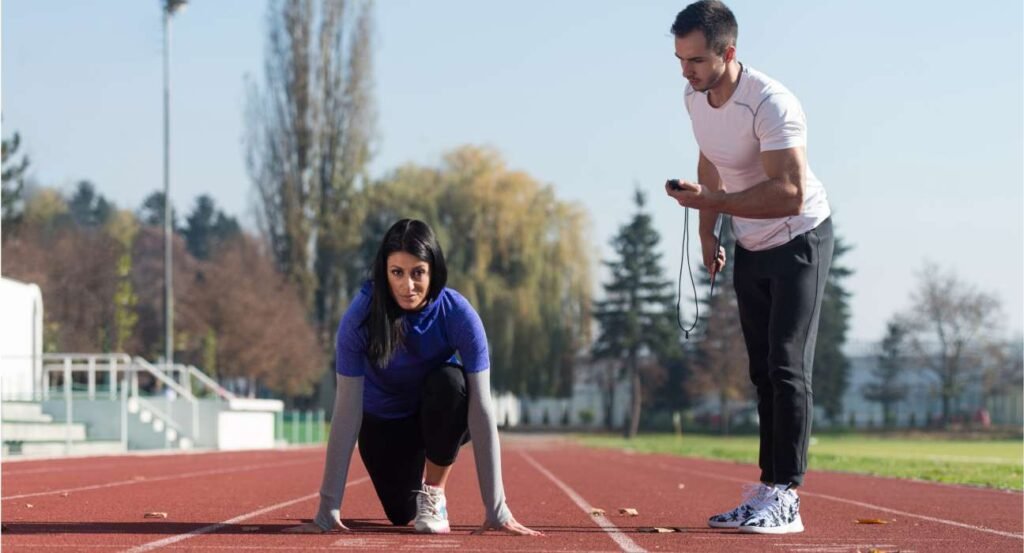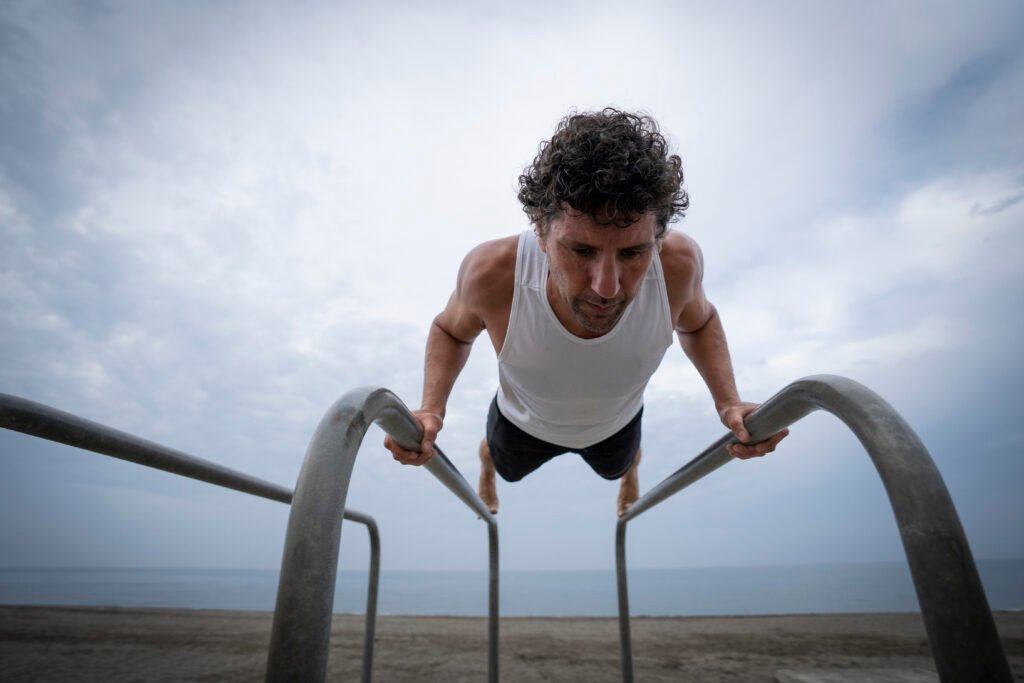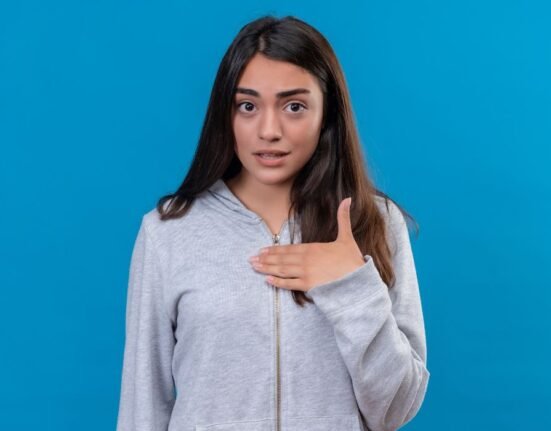Is the game really over when you are sitting on your couch? Not really, if you have an athlete’s mind. Have you ever wondered how mental imagery can help you to enhance your performance? Mental imagery is a cognitive technique in which we use all our senses to create a vivid image or experience in our minds. Our minds have the power to generate a vivid and detailed picture of an imagined or a real scenario. Mental imagery has two functions – a cognitive function and a motivational function. Sports psychologists combine both of these functions to improve an athlete’s performance. The cognitive function of imagery involves planning strategies in advance for competitions and games. The motivational functioning of imagery involves experiencing goal attainment and effective coping strategies.
It has emerged as a powerful tool in sports psychology and is practiced by many athletes and sports persons. Mental imagery uses visual and kinesthetic senses to create images and apply them to improve performance. It plays a role in motor learning and the execution of motor movements. Research has proved that mental imagery has the power to improve performance, reduce anxiety, improve concentration, and enhance self-confidence. Mental imagery involves an internal image where individuals visualize themselves performing a specific activity as well as an external image where they look at a third-person performing an activity.
Also Read: Ease Pain Naturally with Guided Imagery Benefits
Scientific Underpinnings
Mental imagery is not just a theoretical concept; it has a scientific and neuroscience basis. A psycho-neuromuscular theory, for instance, posits that the muscular patterns observed during mental imagery are similar to those seen during actual physical activity. A research study that explored the activation of brain areas involved during mental imagery found that frontal-parietal control areas, such as the anterior frontal cortex, dorsolateral prefrontal cortex, and intraparietal sulcus, were highly activated, as well as the occipital-temporal visual sensory areas. It has also been found that these brain regions are also involved in perception. Thus, mental imagery has been shown to affect similar processes used in perception.
Research has also shown that individuals who use these mental imagery skills are better at performing visual working memory tasks. It is crucial to understand the neurobiological basis of mental imagery as it helps sports psychologists in developing tools and techniques. Functional magnetic resonance imaging (fMRI) studies show activation of the lateral geniculate nucleus and the V1 area of the visual cortex. One study compared the neural structures involved during visual perception with those involved during visual mental imagery. They used similar imagery and perception tasks and found an overlap between the brain areas involved in visual perception and visual mental imagery.
Diverse Applications across Sports Disciplines
Mental imagery is a powerful tool used in various sports disciplines. It helps in improving sports performance and in achieving success. It can create vivid mental pictures of specific scenarios and allows athletes to rehearse and prepare mentally and improve their approach towards playing sports.

Here’s how mental imagery is applied in sports domains:
1. Skill Acquisition and Improvement:
Most top athletes and coaches recognize the power of mental imagery in acquiring practical skills. It helps in visualizing the performance of movements such as a golf swing, batting, swimming or shooting, etc. It has helped athletes strengthen their muscle memory and improve coordination. The process of mentally rehearsing also allows our brain to reproduce the desired movements, which supports the neural pathways associated with the acquired skills. Research shows that individuals who use mental imagery have increased performance in speed, motor skills, accuracy, and posture control. Research also shows that individuals playing team sports like football, cricket, etc, use more motivational functioning of imagery than individual sports athletes who use more cognitive functioning of imagery.
Also Read: 12 Short Films That Talk About Mental Health
2. Injury Rehabilitation and Recovery:
It can be challenging to recover from injuries and can affect us physically and mentally. To overcome these challenges, sports psychologists use mental imagery to help athletes maintain their motor patterns and improve their mental focus during such serious situations. They visualize themselves performing at their highest levels. This helps in relieving the psychological impact of being inactive and unable to perform. Thereby, promoting speedy and faster recovery. Sports psychologists mentally prepare them which keeps their neuromuscular pathways active by strengthening their motor movements. Thereby, ensuring a smooth transition back to their optimal level of performance.
3. Enhancing Confidence and Motivation:
Mental imagery serves as a source of confidence and motivation for athletes. They mentally rehearse their successful performances and imagine the desired outcomes. By doing this, athletes can have a positive mindset and re-establish their belief in their capabilities. This positive reinforcement is beneficial, especially during high-pressure situations, such as a World Cup final match. During such risky competitions, anxiety and self-doubt can destroy their performance. Thus, sports psychologists or counselors make them visualize their success, which reduces their stress and increases their motivation to achieve their goals. Thereby enhancing their overall performance.
4. Strategic Preparation:
In team sports, mental imagery is a game-changer and helps in strategic planning. Sports psychologists allow athletes to visualize planned strategies and predict the opponent’s moves. This enhances their decision-making skills and team coordination. It provides a competitive advantage over their opponents.
Success Stories
Much research has been conducted on how mental imagery is used in different sports and its advantages on athletes’ performance. Here are some of the success stories of athletes using mental imagery:
- Many Olympic athletes use mental imagery to improve their performance levels. Emily Cook, a freestyle aerial Olympian from the U.S., reveals how she uses mental imagery to visualize herself performing. She mentioned that for her visualization doesn’t mean taking in all her senses; she mentioned that you need to smell, hear, and feel everything. Nicole Detling, a sports psychologist working with the U.S. Olympic team, mentions that the more an athlete uses imagination, the better they perform.
- Lyndon Rush, a U.S. bobsledder, mentioned using mental imagery. He said how he was already on the Olympic sliding track when he was actually sitting on a chair at the airport. He said his mind’s eye was far away as he traced a curved path through the air with his left hand.
- Even Indian sportspersons have started consulting sports psychologists and coaches about performance and mental health-related challenges. Indian women’s cricket caption Harmanpreet Kaur opened up about the importance of consulting a sports psychologist for performance pressure challenges. Also, Anisha Padukone mentioned the struggles and challenges faced by her and how they affected her mental health.
- Sumiran Tandon, an Indian sports psychologist who has worked with athletes in India as well as in England, mentioned an athlete who had a high temperature and came into her office for medicines and later went back to play and won the game. Thus, using mental imagery can be beneficial to transform our weaknesses into strengths.

Challenges faced in using mental imagery:
The implementation of mental imagery in sports has its challenges. It requires practice, discipline, and guidance from experienced and expert sports psychologists or mental coaches. Also, individual differences in cognitive abilities, such as visual-spatial skills and imagery vividness, may influence the effectiveness of mental imagery interventions. Studies show athletes with weaker visual-spatial abilities have difficulties in maintaining focus and struggle to create and sustain vivid mental images. Some athletes find it easy to engage in mental rehearsal, while others require extensive training. Another challenge faced can be access to expert and qualified sports psychologists and coaches. The availability and accessibility of sports psychologists can lead to difficulty in specialized guidance.
Also Read: Brain waves for Bliss: Nurturing Well-being through Neuro-Harmony
Future Trends:
The field of sports psychology is relatively new in psychology. It has evolved throughout the years. The integration of mental imagery into athletic training and performance has become more refined and personalized. There have been developments in virtual reality (VR) and augmented reality (AR) technologies. This can open up possibilities for enhancing the use of mental imagery. This might help athletes to engage themselves in virtual environments to improve their skills. A systematic review study, which highlights the use of virtual reality (VR) in sports by athletes, coaches, and professionals.
There has also been research on the use of biofeedback techniques, such as neurofeedback and heart rate variability training with mental imagery. One paper looks into the use of neurofeedback training in improving mental skills in precision sports like archery and shooting for the management of stress and anxiety and optimization of performance. Thus, incorporating mental imagery as a component of sports psychology will absolutely shape the future of athletic excellence and promote mind-body interaction in the dynamic world of sports.
References+
- Mental imagery in sports. (n.d.). Physiopedia. https://www.physio-pedia.com/Mental_Imagery_in_Sports
- Neumann, D. L., Moffitt, R. L., Thomas, P. R., Loveday, K., Watling, D. P., Lombard, C. L., Antonova, S., & Tremeer, M. A. (2017). A systematic review of the application of interactive virtual reality to sport. Virtual Reality, 22(3), 183–198. https://doi.org/10.1007/s10055-017-0320-5
- Ganis, G., Thompson, W. L., & Kosslyn, S. M. (2004). Brain areas underlying visual mental imagery and visual perception: An fMRI study. Cognitive Brain Research, 20(2), 226-241. https://doi.org/10.1016/j.cogbrainres.2004.02.012.













Leave feedback about this